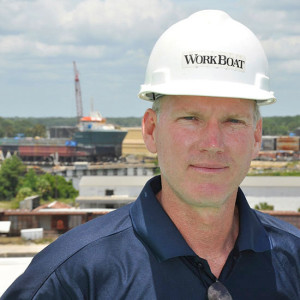Thirty years ago this Sunday, an oil tanker ran into a well-known reef in Prince William Sound, Alaska, rupturing eight cargo tanks, which began pouring oil into the water at an estimated rate of 20,000 gals. per hour.
More than 14 hours after the Exxon Valdez accident on March 24, 1989, a response barge finally arrived with boom and skimmers. It was a bungled response to say the least. The accident revealed giant holes in the safety net for oil transportation in Prince William Sound. From prevention to response, the system desperately needed an overhaul.
Prevention and response was the subject of our 20-year Valdez anniversary story written by Pam Glass in 2009 and also a big part of the 10-year anniversary cover story penned by former technical editor Bruce Buls in 1999. Back then, Bruce wrote: “If the Exxon Valdez was a case of the horse getting out of the barn, that barn door is carefully closed. You might even say it’s welded shut.”
In his Valdez 30-year anniversary cover story in WorkBoat that is due out soon, Bruce discusses where prevention and response is today, specifically SERVS, the Ship Escort/Response Vessel System, created in 1989 that is paid for and administrated by Alyeska Pipeline Service Co., a consortium of major oil companies that produce North Slope oil.
From 1990 to 2018, Crowley Maritime provided a fleet of tugs to escort laden tankers, assisting ship docking and tow response barges. Last summer, Alyeska switched from Crowley to Edison Chouest Offshore, which promised to build a fleet of new tugs and barges for a 10-year contract.
“Overall, SERVS is the industry’s best approach to prevention, and it’s been great,” Rick Steiner, the University of Alaska marine advisory agent in Prince William Sound, before and after the spill, told WorkBoat. “It’s a $50 million to $60 million a year commitment for some very powerful ocean tugs and escorts — some always on standby — to make sure these tankers stay in the lanes. The prevention system is far more important than any spill response system you can get.”
All agree that we are better prepared today in Prince William Sound compared to 1989.



.JPG.small.400x400.jpg)

